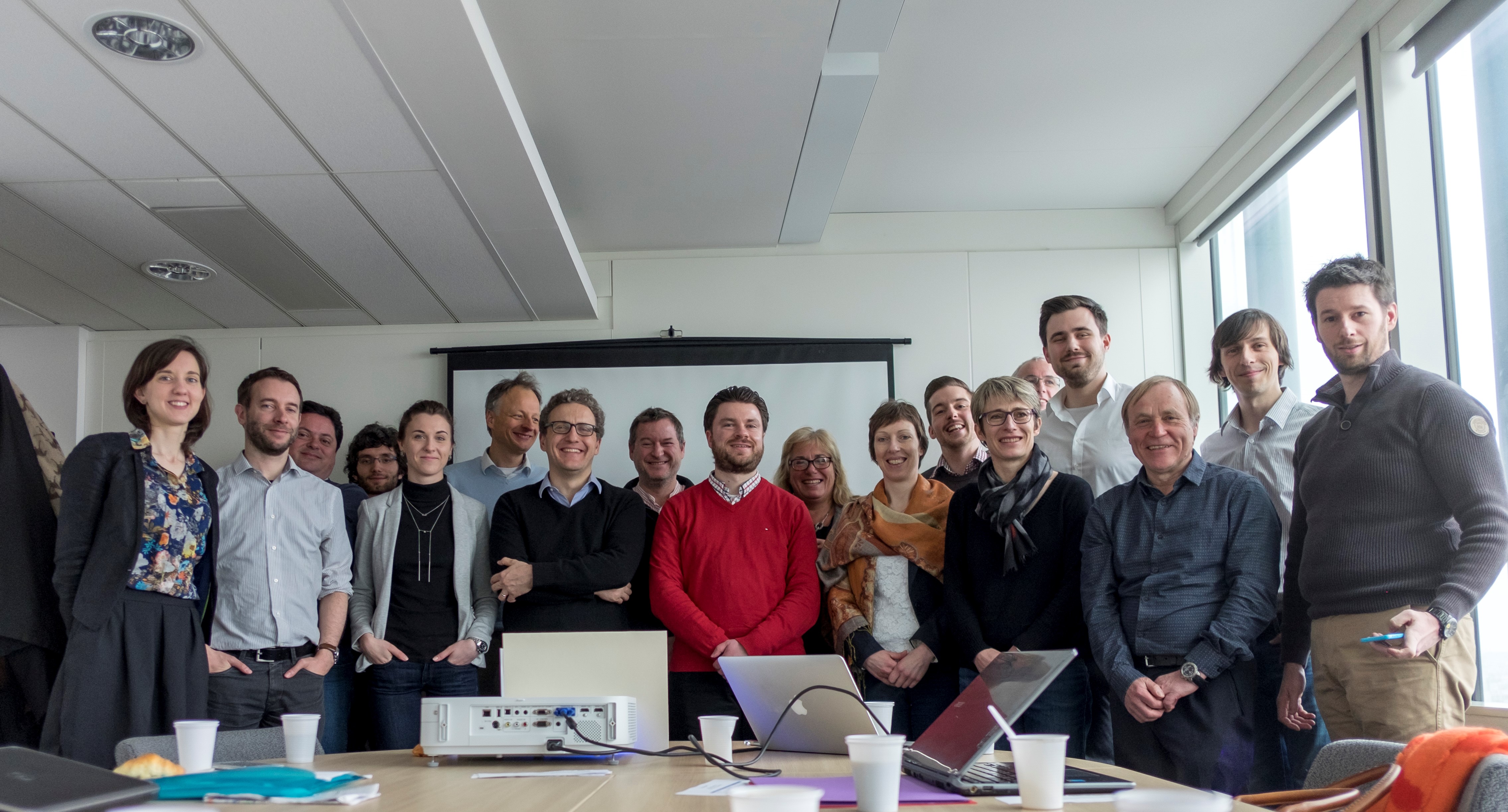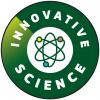Institut Curie - UMR168
-
0 comments

About the innovator
Our group aims at deciphering the interplay of physical and biological mechanisms that underlie the establishment and maintenance of the multiscale architecture of living cells. To this end, our belief is that it is critical to analyze at a molecular scale the mobility of proteins and to properly account for the stochastic mechanisms that govern the behavior of individual molecules. Yet, it must be also recognized that the transfer of information, from the molecular to the cellular scale, is mediated by networks of interactions whose dynamics and organization need to be described and are largely influenced by the properties of their individual molecular constituents.
Institut Curie onTwitter
What is the innovation
The MAGNEURON project aims at developing a novel technology for magnetic actuation of cellular functions to treat Parkinson’s disease. The innovative concept of our technology is to remote-control the behaviour of cells using bio-functionalized magnetic nanoparticles. Nanoparticles are very small objects, in the nanometre range, usually known to be harmful but they can be also used in a positive way. By attaching on the surface of them some specific biomolecules, it is possible to interact with the cellular molecules to instruct specific signals to cells. Using nanoparticles that are magnetic, it is possible to use magnetic devices to act on them at distance in order to trigger cellular responses.
To treat Parkinson's disease, the general routine we are proposing is to get somatic cells from the patient and to reprogram them into stem cells. Then we will use magnetic nanoparticles in two means, first to induce the differentiation into neurons and then to direct the growth of neuron’s "arms" in the right direction after the engineered cells will be implanted in the brain of the patient.
Out of the lab. Into the market
Our project is mostly fundamental, as we are trying to push a completely new mode of cellular actuation. The clinical applications are not yet envisonned, however we plan to capitalise our new technology through IP valorisation of several tools we have developped along the realization of the project. For example, we have developped new biofunctionalized magnetic nanoparticles and new magnetic devices that allow the parallelized manipulation of hundreds of cells. We are also working the differentiation of stem cells using time-varying magnetic fiels, which could lead to new products and solutions for the market.
Benefits of participation in the Horizon 2020
EU funding had has had a profound impact on the project, acting as a formidable accelerator of scientific progress. Instead of doing own work and waiting for the rest of the scientific community to react to our findings, now we work in close collaboration with chemists, biophysicists, neurobiologists, Parkinson’s specialists, and experts in cell therapy. Our European consortium gathers people with very different research questions, which we can address as a collective. It pushes us to move beyond fundamental science and get our hands on applied problems. Now that the technique we have devised is mature enough, we are moving on to real neurons and we are applying our method to living cells. Ultimately we would like to perform a proof of concept using brain slices from rats: a challenging task, but very close to the situation we would find in a human patient’s brain. There are still hard obstacles on the way, but for we have a very innovative tool with great potential.
This innovation was funded via H2020 project MAGNEURON
Team behind the innovation
/futurium/en/file/consortiumjpgconsortium.jpg


